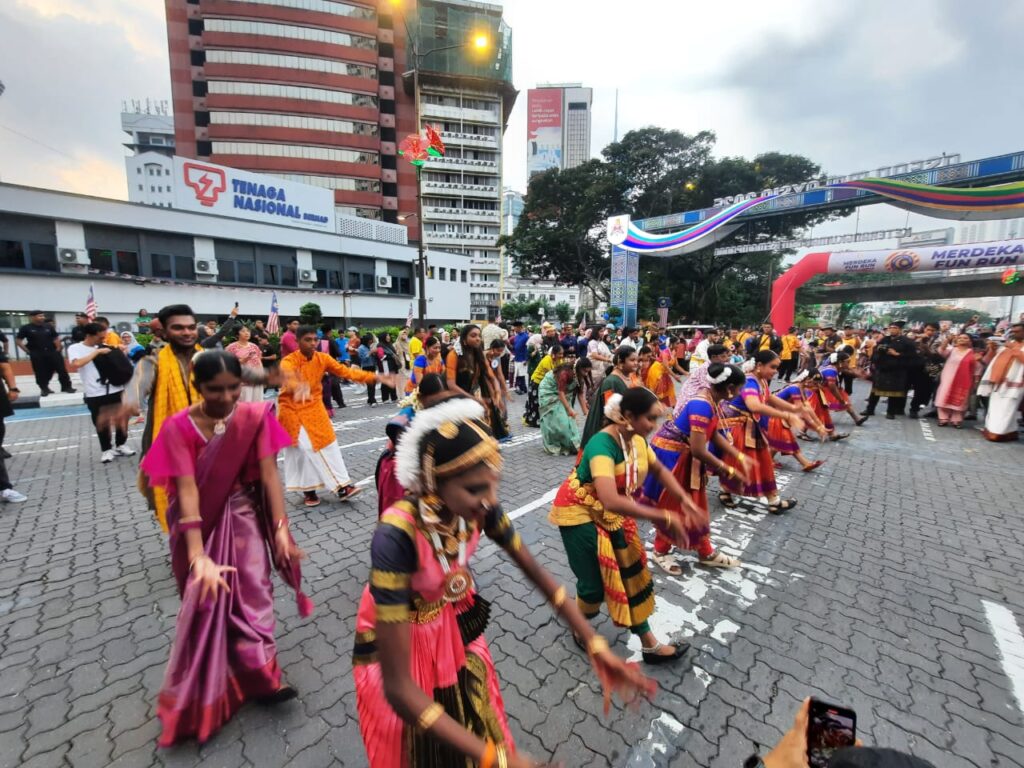
By Bhavani Krishna Iyer
The Malaysian Indian Congress (MIC), a party that has defined Indian political representation for generations, is at a historic crossroads. In a move that signals a potential tectonic shift, the party’s grassroots have spoken.
Delegates at a recent assembly unanimously backed a resolution to leave the BN coalition and seek a new alliance with PN.
This is not just internal politicking, it’s a desperate gasp for relevance from an institution that has become a relic in the eyes of its future which is made up of Malaysia’s Gen Y and Gen Z.
For the younger generations, MIC isn’t just irrelevant, it’s invisible. Ask a 20-something Indian Malaysian coding in Cyberjaya, a gig economy worker driving in KL, or a content creator in Penang about MIC, and you will likely get a blank stare or a dismissive shrug.
Their Malaysia is digital, globalised, and ruthlessly individualistic. Their struggles are skyrocketing rent, mental health crises, the scramble for digital skills, and building a personal brand. They operate in a world where loyalty is to one’s own hustle, and the only entity believed to be for everyone is God.
This mindset is revulsion to the old-school, community-politics model that MIC embodies. The party is still talking about estate workers and temple committees as if it’s 1985.
Its solutions seem to be limited to Deepavali open houses and scholarship appeals which are important, but are mere Bandaids for the arterial bleeding of systemic inequality.
Young Indians are not looking for a patron; they are looking for a platform. They are drawn to parties like DAP and PKR not because of race, but because of a rhetoric that resonates. Justice, good governance, and economic fairness for all, which implicitly includes them.
MIC’s youth wing, with its somewhat dated structure and lack of bold, contemporary ideas, is a punchline, not a pipeline for future leaders.
Caught in the middle of this chasm are the Gen Xers and the remaining Baby Boomers. They remember a time when MIC had teeth. They recall leaders who, for all their flaws, were visible and would go head-to-head with UMNO bosses for housing quotas and business loans.
This generation is torn between the fading loyalty to a known entity and the painful realisation that the party no longer delivers.
They are the last bastion of MIC’s support, a demographic that will, inevitably, become politically extinct. Basing a party’s future on this aging cohort is a recipe for oblivion – an impression that is gaining traction.
To understand how MIC fell so far, we must rewind, but briefly. Founded in 1946, it was once known as a fighter. Under stalwarts like Tun V.T. Sambanthan, it secured citizenship for thousands and fought to ensure Indians weren’t sidelined in the new Malaya and later, Malaysia.
Subsequently, Tun S. Samy Vellu, a leader with undeniable grit, built institutions like AIMST University. He had a formidable, and sometimes controversial, presence for 31 years. He built, he fought, and he made people feel seen.
But that fire faded, somehow. MIC grew comfortable in BN’s shadow, trading its voice for a seat at a table where it was seldom heard. It seemed to portray a party of “managers” rather than “fighters”, content with small, symbolic wins while the community grappled with bigger issues like a stagnant share of the economic pie, persistent poverty rates higher than the national average, and the heart-wrenching plight of statelessness for thousands.
Scandals like Maika Holdings shattered trust, revealing a party that seemed to serve its leaders more than its people. The 2007 Hindraf protests were the community’s scream into a void that MIC could no longer fill.
The resolution to jump to PN is therefore a seismic shift. It’s a direct admission that the BN model, in which MIC played the loyal, often-ignored junior partner, is perhaps bankrupt.
PAS’s public assurances of “inclusivity” offer a glimmer of hope for a party desperate for better leverage. In a PN coalition hungry for non-Malay votes, MIC could theoretically negotiate for more seats and real policy influence, something that BN has denied it for decades.
Yet, the scepticism is deafening. Is PN, with its existing identity, a natural home for a multicultural Indian community? Will this move be seen as a principled realignment or a desperate act of political survival?
Pakatan Harapan has already captured the imagination of the young Indian voter, and going solo would be political suicide. This PN pivot is MIC’s last roll of the dice, it appears.
If it joins and fails to secure tangible wins, real economic equity, solutions for statelessness, policies for the digital age, it will confirm its irrelevance once and for all.
The message is clear. The photo-ops and festival ribbon-cuttings are over. We don’t need leaders who coast on the ghosts of past legends.
We need fighters with the fire of Sambanthan and the builder’s drive of Samy Vellu, but with the modern vision to speak to and for a new generation. They must fight for the Grab driver, the startup founder, and the stateless child with equal fervour.
Malaysia’s 7% Indian population deserves a voice that is loud, clear, and effective. The MIC delegates have voted for change. Now, its leaders must decide if this bold move will be the first chapter of a revival, or the final epitaph on a forgotten grave?
The future of an entire community, and the verdict of a generation that has already moved on, hangs in the balance.
The views expressed here are that of the author’s and do not necessarily reflect that of Weekly Echo’s.